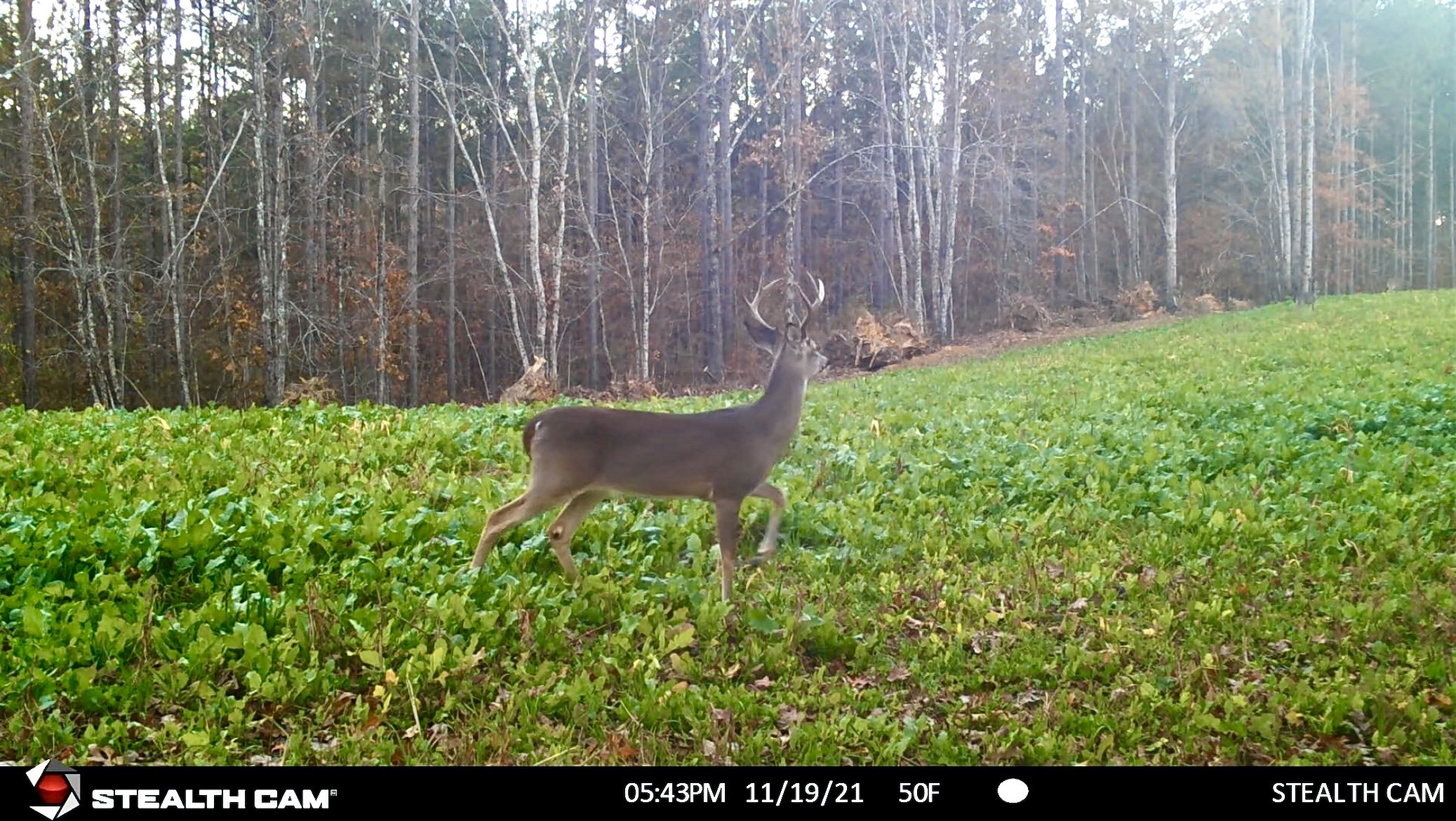Which Bucks Should You Shoot?
In an increasingly quality deer management conscious hunting community, the concerns of harvesting the right bucks are growing. For many individuals and hunting clubs, the days of “If it’s brown it’s down!” are long gone. Countless online deer hunter forums are filled with topics such as culling deer, age-based harvest restrictions, antlered points harvest restrictions, etc. Each of these are simply different approaches and efforts with a common goal, growing the biggest bucks on one’s land or in one’s hunting club. So, which approaches are effective in reaching this goal of growing the biggest bucks?
We will begin with the topic of culling deer. “Cull bucks” are most often those deer that have some form of apparent antler defect that one believes to be due to poor genetics. Many fail to realize that these apparent antler defects are often due to an injury to the body or damage to the antler while in the velvet stage. In the case of an injury to the body, the so-called defect may be expressed on the opposite side from the injury or the same side of the injury depending on whether the injury occurred on the front or back of the deer’s body. In the case of an injury to the antler in velvet, the antler may be stunted or have malformations. In either case, the issue is likely to resolve itself in the following year, especially in the case of the damaged velvet antler. Similarly, the pedicle (base from which antlers are attached to the skull and grow) may be damaged from a variety of factors causing the antler to have malformations. This is likely to be permanent. In each case, the apparent antler defects are not due to genetics in any way. This is not to say that a buck cannot have a constant set of poor antlers due to its poor genetics. A buck can absolutely be doomed to have a poor set of antlers for the entirety of its life. However, shooting such a buck for the purpose of removing his genetics from the gene pool is misguided. In a free-range deer herd, it is literally impossible to eliminate bad genetics. Harvesting a buck simply because you want to eliminate his genetics from the gene pool fails to consider that he has likely already reproduced and has siblings who carry very similar genetics. This approach also neglects all consideration of a doe’s contribution to antler genetics which, although it seems counterintuitive, is greater than that of the buck because of its 50% genetic contribution and 100% fawn care contribution. Is one able to determine which does contribute poor antler genetics in a free-range herd and harvest accordingly? Absolutely not! There is another approach to culling bucks. A smaller community of hunters cull bucks based on their potential wherein those bucks that will obviously never be trophies are shot simply to eliminate their competition for resources with those bucks that show greater potential. Herein the focus is placed on efficient resource allocation rather than an impossible task of manipulating the gene pool. This is the only acceptable form of culling in the pursuit of trophy bucks. All too often, the removal of a “cull buck” is just one’s justification shooting a less than stellar deer. If you want to kill a deer, shoot a doe. It is much more effective in herd management and something that doesn’t happen enough.
Perhaps the most common harvest restriction in hunting clubs across the country is based on antlered points. Most often, hunting clubs restrict buck harvest to 8 points or better. Is this effective in producing the highest quality buck herd? Despite the good intentions, antlered point harvest restrictions are detrimental to the quality of bucks in a herd. In such a system, “high grading” occurs. High grading is the situation wherein the young bucks with the most potential are killed at a young age while the bucks with the lowest potential are allowed to reach maturity. Simply put, the 1 ½ -3 ½ year old 8+ point bucks with lots of potential are harvested simply because they have 8 or more antlered points. Likewise, the 1 ½-3 ½ year old bucks with less than 8 points and likely much less potential are allowed to reach maturity. This results in a mature age class of bucks whose full potential rarely exceeds mediocrity because it is absent of those bucks that showed great potential at a young age.
So, what should harvest restrictions be driven by in an effective system? AGE! When harvest restrictions are centered on age considerations, the upper age class of bucks contains those with the greatest potential. Bucks see the greatest antler growth in years 5-7 after their skeletal system has fully matured and they are able to pour all their resources into antler production! This isn’t to say every hunter and every hunting club in the country shouldn’t shoot bucks younger than 5 ½ years old. Many hunters are satisfied with shooting a 3 ½ - 4 ½ year old deer and rightfully so. Many situations, such as those in high-pressure, low-quality habitat regions, demand that this be the best one can expect. However, for those dreaming of growing and hunting word-class trophy bucks, age-based harvest restrictions are an absolute necessity. Essentially, you can’t grow any men if you continue to kill all the boys.
To conclude, the optimal system of buck harvest is driven by age rather than antlered points. A low stress, well nourished, well fed upper age class of bucks is essential in meeting trophy buck management goals. For those of you with high hopes but low expectations that continue shooting bucks simply because you’re afraid the neighbor will, do what few people do and consider that you may be that very neighbor that is holding back the potential of an area’s buck production through operating in fear of what someone else might do. The hunting world is largely trending towards harvesting a higher percentage of mature deer. It seems there is a paradigm shift occurring wherein people have begun to understand better what it takes to produce big bucks in areas where such has not been common in the past.
Here is a prime example of a 2.5 year old buck with lots of potential that would likely be killed at this young age simply because he is an 8-point. These are exactly the bucks that you want reaching ages 5+!!

